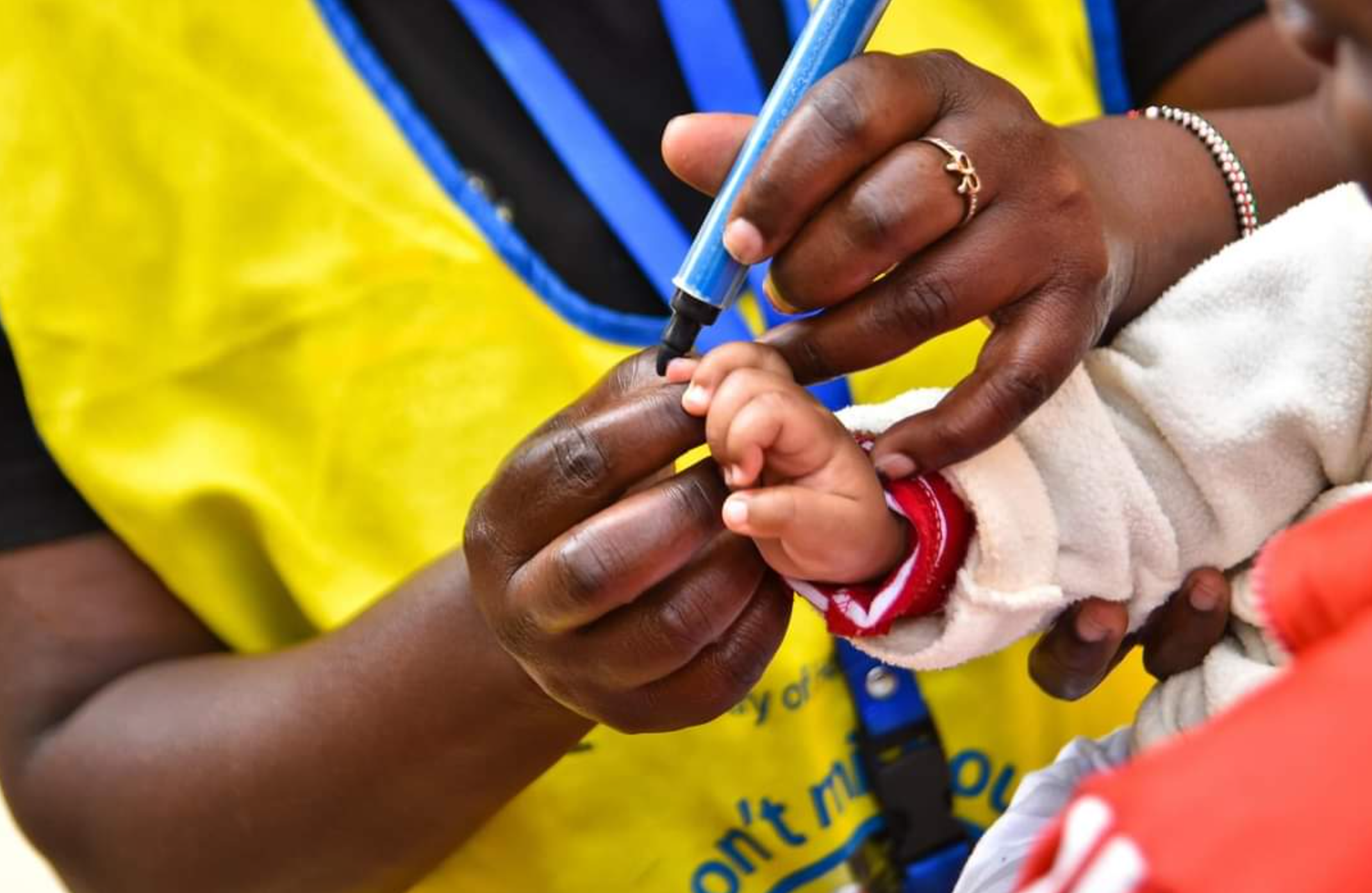 Officials are now using that case to demonstrate the importance of vaccinating every migrant child from the war-torn Somalia.
Officials are now using that case to demonstrate the importance of vaccinating every migrant child from the war-torn Somalia.
Now, medics have concluded this girl triggered the 2021 polio outbreak that forced Kenya to vaccinate more than three million children across 13 counties. They concluded a detailed social and epidemiological investigation in the Dagahaley camp.
A Community Health Promoter who saw the paralysed child the next day after her arrival said they suspected acute flaccid paralysis, a key symptom of polio.
Kenya reported its last case of indigenous wild poliovirus (WPV) in 1984, but has suffered from outbreaks of circulating vaccine-derived poliovirus type 2 (cVDPV2) since 2018. Garissa County, which borders Somalia, has suffered several cVDPV2 outbreaks due to the influx of refugees with low population immunity.
Health workers collected two stool samples from the girl and sent them to the Kenya Medical Research Institute (Kemri) laboratory. The results were clear: “Our investigation found that the unvaccinated child caused the cVDPV2 outbreak,” Ministry of Health officials have said in a new report, published in the Journal of Interventional Epidemiology and Public Health.
“The confirmed case was genetically linked to an environmental sample picked from Garissa County and had been in circulation for seven years.”
If a child has polio caused by cVDPV2, the poliovirus multiplies in the intestines and is shed in their stool. So she can spread the virus through her stool to others who ingest the virus accidentally through contaminated food, water, or dirty hands.
Officials are now using that case to demonstrate the importance of vaccinating every migrant child from the war-torn Somalia.
Freshia Waithaka of the Moh’s Disease Surveillance and Response Unit, and her colleagues, said that a single case met the World Health Organization definition of an outbreak.
A joint team of epidemiologists, sociologists and surveillance officers was dispatched in November to Dadaab Sub-County. They interviewed caregivers, reviewed health facilities, and assessed conditions in the refugee camp and surrounding host communities.
“Polio is an oral-faecal disease; therefore, open defecation cannot be separated from the perennial polio outbreaks,” Waithaka and her colleagues say in the report.
It is titled, Social investigation report of cVDPV2 outbreak in Dagahaley Refugee Camp, Dadaab Sub-County, Garissa County, Kenya, November 2021.
This girl, just like most arrivals from Somalia, had never been vaccinated against polio. “Fifty-one under-five children had arrived from August through October 2021, of which the majority, 49/51 (96.1 per cent) children had not received first dose of oral polio vaccine, while none of the children had received the inactivated poliovirus vaccine,” an injectable vaccine that uses killed (inactivated) poliovirus strains.
“The main concern is the high numbers of vulnerable populations who serve as a breeding ground for disease outbreaks and reservoirs for disease vectors,” officials said in their report.
Poor sanitation in the camp added to the risks. At least 11.5 per cent of households had no sanitation facilities and practised open defecation, creating conditions for the virus to spread through contaminated water and food, the investigators reported,
The importation of an unvaccinated child during this period highlighted the risks Kenya faces from neighbouring regions with low immunisation coverage.
“The main concern is the high numbers of vulnerable populations who serve as a breeding ground for disease outbreaks and reservoirs for disease vectors,” the researchers said.
They urged stronger cooperation across borders and expanded routine immunisation. “We recommended strengthening polio cross-border surveillance systems by utilising the existing structures and ensuring high vaccination coverage.”
They also called for more community sensitisation and research into how to improve surveillance at the Kenya-Somalia border.
Their report warns that “this importation poses a significant threat to the Global Polio Eradication Initiative’s goal two: to stop cVDPV2 transmission and prevent outbreaks in non-endemic countries, of which Kenya is one.”
The 2021 outbreak was eventually contained through a
nationwide vaccination campaign that reached three million children.












